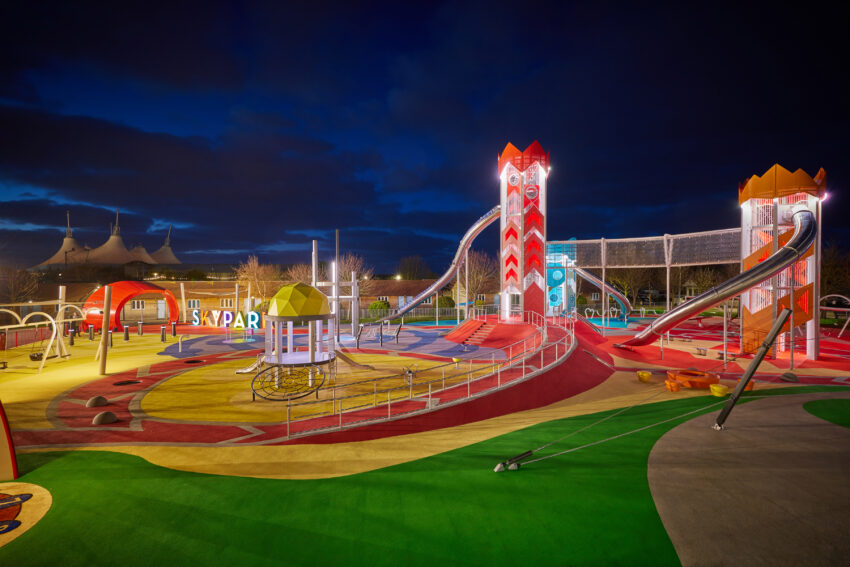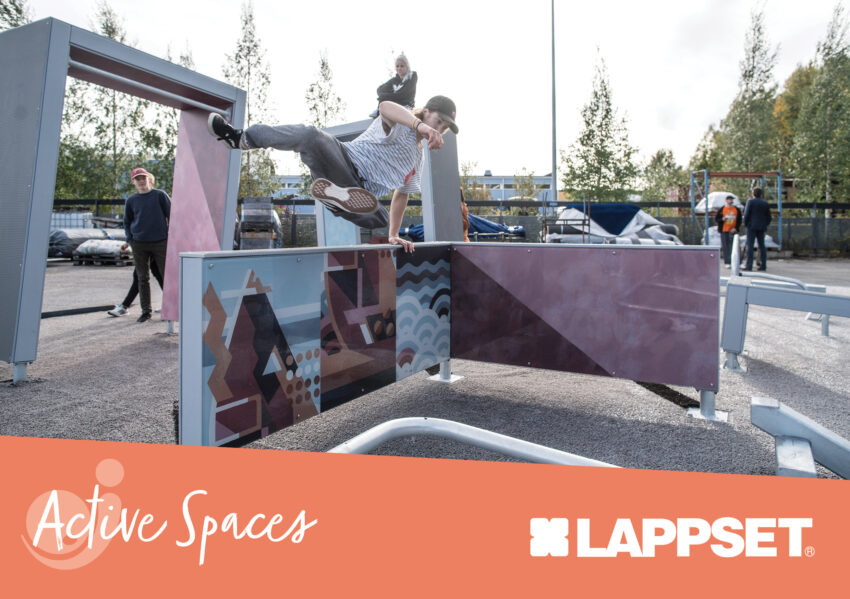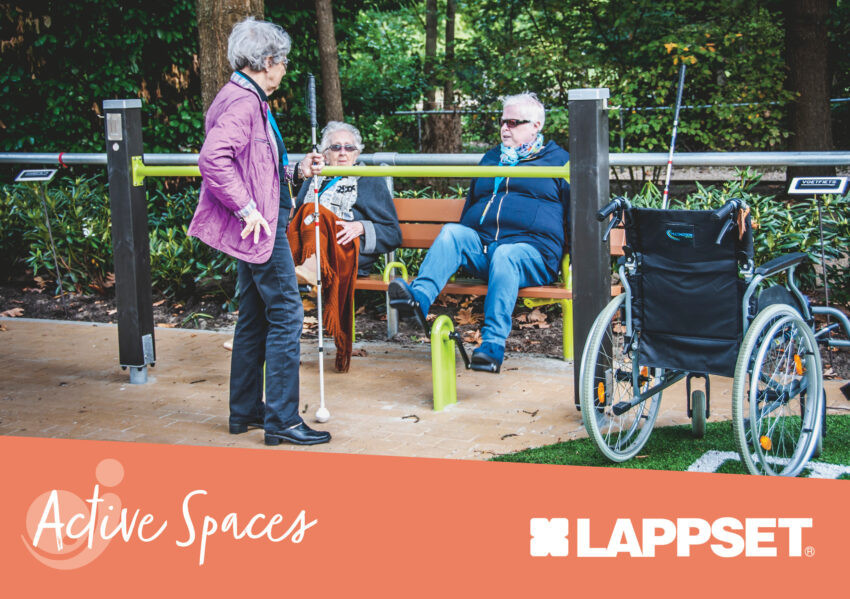
Cantley Park Interactive Play Space
CANTLEY PARK INTERACTIVE PLAY SPACE CANTLEY PARK INTERACTIVE PLAY SPACE THE BRIEF: The council was committed to creating a new destination play area on site
It’s a scary fact; 1 in 6 deaths are caused by inactivity and Sport England are supporting projects across the country to engage the entire community in a more active lifestyle. We hope this becomes a UK wide focus as the need has never been so essential.
One of the greatest tasks we have to face within the design sector is disseminating what an active lifestyle looks like. Over the years funding has either been pigeonholed into specific activities like organised sports or outdoor gyms.
However, if we are to capture those that show no interest in sport at all then we need to be more open to what would encourage someone to change their sedentary behaviours. A report by the Department of Health in 2010 suggested that these behaviours are a result where sitting or lying is a dominant posture – such as working in an office or sitting in a classroom. Small interventions that get people moving throughout the day will make the difference, but what if we can inspire the majority to go outside and make use of well designed community spaces? Not a new train of thought, but with funding often dictating the design, a holistic approach needed for an active design can be limited.
So before we react to the facts and making hasty decisions to create more outdoor gyms and sports courts we need to ask ourselves:
We begin by understanding the following:
Even if a visitor doesn’t come to a park to carry out a formalised activity, like playing in a playground or working out, the mere fact of walking to a park to eat lunch or meet friends can create a more active lifestyle. A well designed corner for reading, or a sheltered area to meet friends for coffee is sometimes the only intervention needed to change an individuals perception of a space.
Our specific area of expertise is around playgrounds and sports zones and we have always been passionate that our spaces should be accessible to everyone. Too often we see the parent spectator, our goal is to encourage more inter-generational play and create more flexible use zones. The introduction of interactive play is welcomed by Jupiter Play. Not only does it engage young people to use technology in a more active and social way, it also encourages a wider age group to be active too. This helps engage more people to go to the parks and be activated once they are there.
However there are many other interventions that can be created and spaces, like the one designed recently below, create a range of cosy spaces for meeting, socialising, informal activity play and gardening. In other words there is no-one size fits all approach for an active design. But there is more to an active lifestyle than a gym and a sports pitch.

Useful Reading

CANTLEY PARK INTERACTIVE PLAY SPACE CANTLEY PARK INTERACTIVE PLAY SPACE THE BRIEF: The council was committed to creating a new destination play area on site

Promoting Inclusivity in Public Parks and Outdoor Spaces A Call to our Clients In the realm of outdoor play and recreation, a profound shift in

Introducing the UK’s most exciting playground… Jupiter Play & Leisure are delighted to have partnered with renowned holiday destination Butlin’s to design and

It is essential, now more than ever, to stay current on what trends are driving the future of play. Play is integral not only to

DESIGNING DASH PARKOUR: A HOLISTIC R&D-PROJECT Design is an empathic way of thinking and working, and in our field, designer is the cross-field intermediary who

Landscape designer Arja Paula speaks about aspects to consider when designing a Senior park. I prefer the term senior park because it is more of
Nottingham
The Coach House
2 North Road
West Bridgford
NG2 7NH
Edinburgh
9 Ainslie Place
Edinburgh
EH3 6AT
Sign up to our newsletter to keep up to date with all things play and innovation.
Accreditations







The Coach House
2 North Road
West Bridgford
NG2 7NH
9 Ainslie Place
Edinburgh
EH3 6AT
Sign up to our newsletter to keep up to date with all things play and innovation.
The Coach House
2 North Road
West Bridgford
NG2 7NH
9 Ainslie Place
Edinburgh
EH3 6AT
Sign up to our newsletter to keep up to date with all things play and innovation.